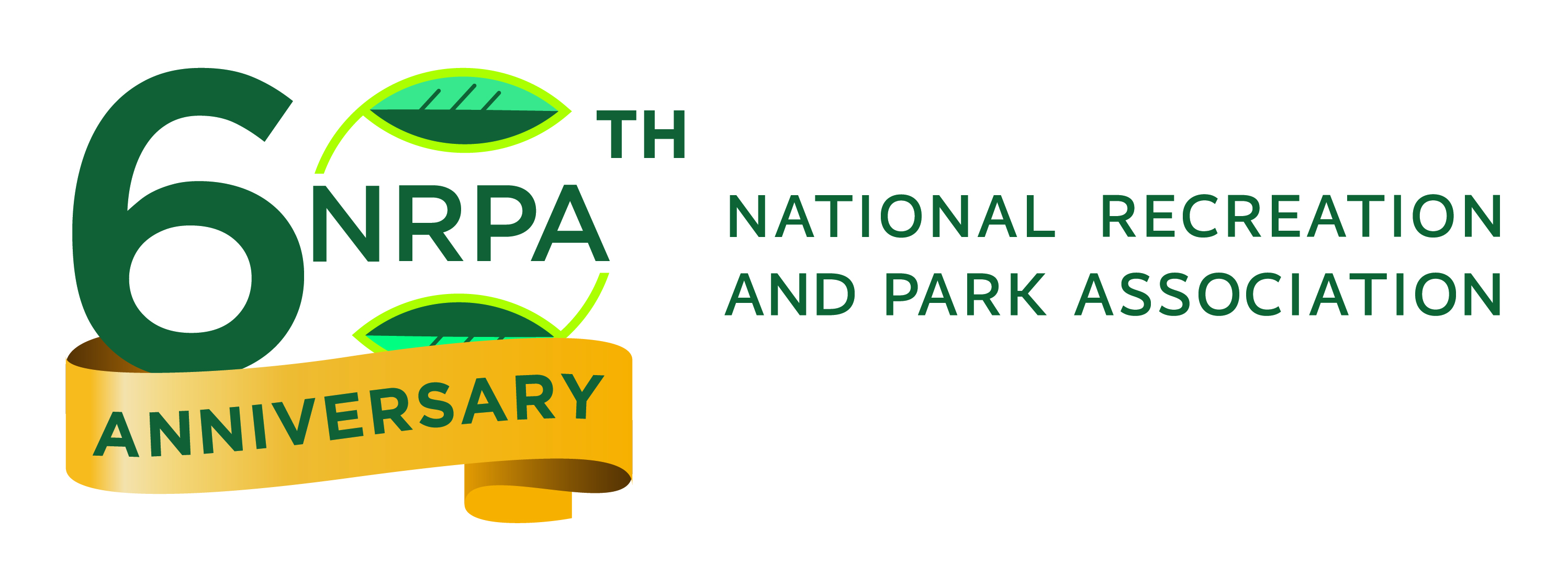Best-practice guide for developing an inclusion policy for parks and recreation agencies now available
Ashburn, Va. (Feb. 12, 2019) — In an effort to promote inclusion in parks and recreation centers across the country, the National Recreation and Park Association (NRPA) is proud to introduce a best practice guide for park and recreation agencies to develop a formal inclusion policy. Currently, only 2 in 5 agencies have a formal inclusion policy. Available online, this new guide shares best practices for creating a formal inclusion policy and includes a template that agencies everywhere can use to develop a policy that meets the unique needs of their community.
“After surveying our members, we learned the desire to create more inclusive parks and recreation centers is strong, as was the need to develop formal policies that promote inclusion for historically marginalized groups,” said Rebecca Wickline, NRPA senior vice president of development. “The new Parks for Inclusion guide acknowledges the inequities that vulnerable populations face from a health, social and economic perspective. To address these inequities, it’s key that park and recreation agencies have policies in place that support positive outcomes for all community members.”
The guide highlights the key components of a policy, while the template is a customizable piece for agencies to create their own unique inclusion policy to ensure that everyone is welcome at parks. In addition to practical applications and providing a step-by-step process for creating and adopting an inclusion policy, the guide acknowledges the intersection of equity and inclusion, and how the two components, working together, create a vibrant community, strong in its efforts to foster environments where everyone feels welcomed, safe and respected.
The best practices guide highlights these key considerations when creating a policy:
• What is a policy and why it’s important
• Why it’s important to specifically call out inclusive practices
• How to assess community needs and involve the community and target audiences in policy creation
• Why it’s important to set goals and measure the effectiveness of a policy
• How to implement the policy among agency staff and the greater community
In addition to the policy guide and template, NRPA encourages agencies to use the Parks for Inclusion Vision Stand document to set a department-wide vision for inclusion. A vision stand is a great way to identify agency strengths, assets, and resources needed and it can be used to set the stage for formal inclusion policy adoption.
NRPA launched the Parks for Inclusion initiative in September 2017 in response to a formal pledge made to the global Commit to Inclusion program. The goal of Parks for Inclusion is to ensure that everyone has access to the benefits of parks and recreation, especially historically marginalized groups, including those with physical and cognitive disabilities, racial and ethnic minorities, those who identify as LGBTQ+, and refugees and immigrants or New Americans.
To access the guide, click here.
To access the survey report, click here.
To learn more about NRPA, visit www.nrpa.org.
###
About the National Recreation and Park Association
The National Recreation and Park Association is a national not-for-profit organization dedicated to ensuring that all Americans have access to parks and recreation for health, conservation and social equity. Through its network of 60,000 recreation and park professionals and advocates, NRPA encourages the promotion of healthy and active lifestyles, conservation initiatives and equitable access to parks and public space. For more information, visit www.nrpa.org. For digital access to NRPA’s flagship publication, Parks & Recreation, visit www.parksandrecreation.org.
